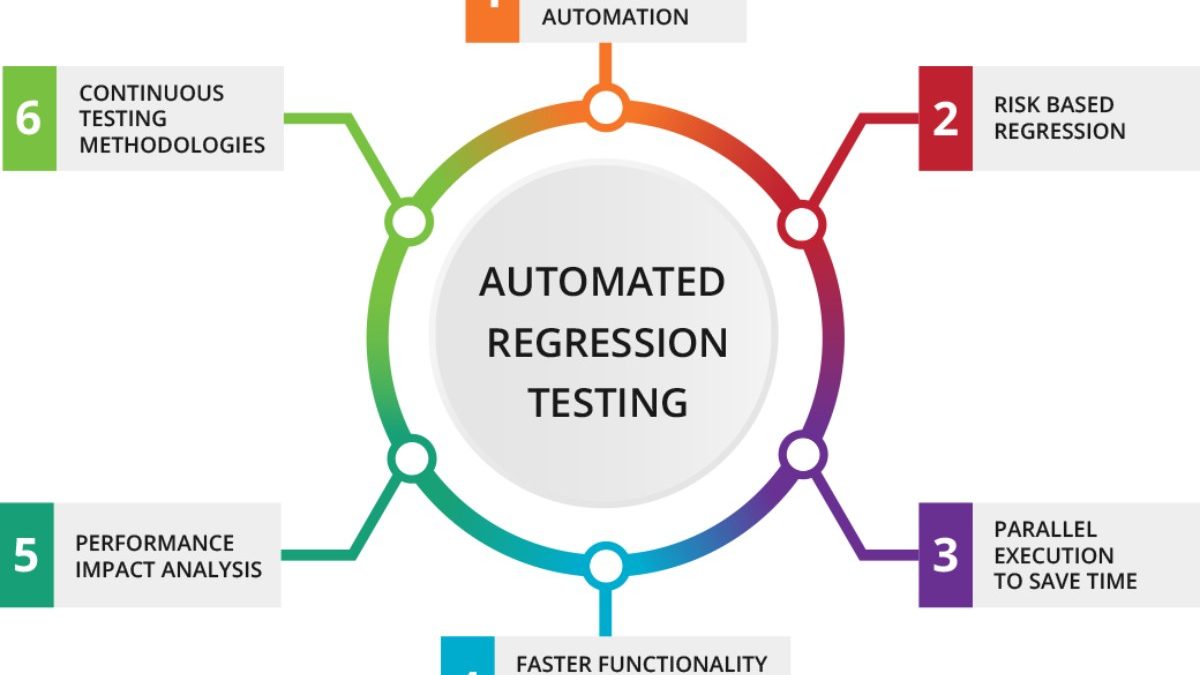Regression testing is the type of software testing that confirms that a recent program or code change has not affected the existing features of the software product. In most cases, regression tests are usually automated. If the software updates are not thoroughly tested, then the application functionality of the whole software product may be affected.
check out VPN providers like prywatnoscwsieci and reviewsdir
In this case, computer-based tools and procedures are used to test the software product with the new code features. There are clear differences that exist between automated testing and manual testing. If you are looking forward to improving the speed of your processes, then you should prefer test automation to manual testing and reduce the time and cost of the testing process. Automated testing helps specialists to get more reliable results and use the same script for limitless time. The manual testing process is less reliable as it is prone to errors, while automated testing is highly reliable as the tools have great accuracy. The test coverage is usually higher in automated testing than in manual testing. Before diving into how automated testing helps to reduce the time of regression, let’s first look at how it’s done.
Table of Contents
How to do regression testing
To perform regression testing, you need to debug the application code to identify the bugs. After that, make the required changes to fix the bugs. Regression testing is usually done by selecting the relevant test cases from both the modified and the affected parts of the code.
Most software maintenance activities include enhancements, optimization, deletion of existing features, and error corrections. If not done correctly, these modifications may cause the system to work incorrectly, and regression testing is necessary.
Now that you know how the regression tests are done, let’s look at how automated testing help to reduce the time of regression testing.
The use of device farms
You can use the device farms to benefit from multithreading. Imagine running regression tests in a short release cycle, and you are receiving a considerable number of builds in a day. You can avoid emulators by connecting your automated test cases to the farm of real devices.
This is very beneficial for saving time in the regression testing process. When connecting to the farm of real devices, you can use the multi-thread mode or the single-thread mode, depending on the number of devices you need to cover.
CI implementation
CI is the acronym for continuous integration. This is one of the most effective ways to reduce regression testing time with automation. You must know that the more your testers are relieved from repeatable tasks, the deeper the testing process will be. And the best way to cope with the continuous growth of regression testing is through automated tools.
Continuous integration allows you to run multiple test cases on different devices simultaneously, saving a lot of time and resources. All the passed scenarios are excluded from the subsequent runs to allow other test cases to run effectively. This ensures that each test is carried out with a sanity check.
Combining regression test cases
In automated regression testing, when the code is merged, you don’t need to run an advanced acceptance test fully. If your team can identify the affected classes and methods, they can easily figure out the areas that need regression tests.
In this case, having predefined test suites split by functionality can help combine the regression test cases. This is one of how automated testing reduces the regression testing time. When test cases are combined, they can be run concurrently.
Easy validation of test cases
When executing your plan for the regression testing, you need to validate them as often as possible. This will help you confirm that everything functions as it should. False failures waste a lot of time during testing, especially if you get several. If you are confident that the test suite results are genuine, you can easily bring the test cases into a larger test suite.
You can execute these test cases parallely, provided you have the right infrastructure and CI box that can handle lots of parallel execution test cases. This will save you significant time by helping you scale your regression testing with a parallel testing approach.
Faster failures analysis
It’s possible to spend a lot of time on regression test failures if you don’t have the necessary tools. This helps to create an effective plan to avoid them in the future. The faster the process, the better the process of dealing with the failures. To have a great analysis of the failures, you need a comprehensive report and alert system with a central data collection system.
You also need a stack trace for the failed tests. Software testing processes that cause flakiness include test code design, power browser stability, flaky test scripts, and CI server problems. Automating the regression testing process saves a lot of time with the failure analysis.
Conclusion
There are different ways in which automated testing can help reduce the time of regression testing. Each of the processes mentioned above contributes greatly to saving your time during regression testing. The more the time you save, the larger the scope will be for you to carry out all the other processes in harmony.

